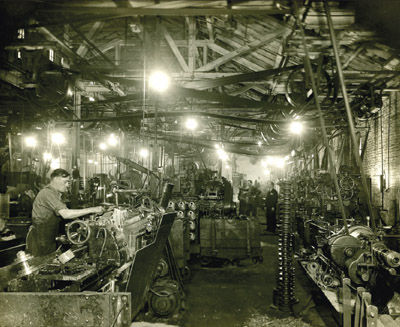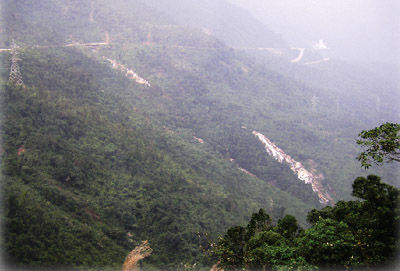The War: Coming September 2007
 I recently had the opportunity to attend a presentation given by Ken Burns and Lynn Novick about their upcoming 7-part documentary The War, which is scheduled to air on American public television (PBS) beginning in late September. Included in the presentation was a 1½-hour preview of the film.
I recently had the opportunity to attend a presentation given by Ken Burns and Lynn Novick about their upcoming 7-part documentary The War, which is scheduled to air on American public television (PBS) beginning in late September. Included in the presentation was a 1½-hour preview of the film.
When the presentation was over, I was physically and emotionally stunned, as were most of the people in the audience.
This is not just another war story, but a story about The War, WWII—the one that engulfed most of the world, the one in which 50 million people died. At the presentation, Burns and Novick described their approach and reasons for making this film.

Saipan, 1944. Credit: U.S. National Archives and Records Administration. Courtesy of PBS.
I realize as I write this that many of you readers are German, Japanese or Italian and might think about this film as a story told from a victor’s standpoint, but it is universal in its scope and treatment. The film’s war-era footage comes from the British, German, Japanese and American archives. It includes interviews with veteran German soldiers, U-boat captains, sailors and civilians. This is not a story about famous historical battles or decorated heroes. It’s not a story about who won or lost the war. Rather, it’s a compelling story about the people who lived during that time and how the war affected them.
Its impact on older people, like some of the veterans in the audience, was significant. Those people lived through this time. Those of my generation, who were born during the war, remember our fathers and uncles and cousins who went off to fight, some returning to tell their experiences. But even for those born later, who may not have any direct connection with WWII, the universal themes and lessons allow everyone to relate.








